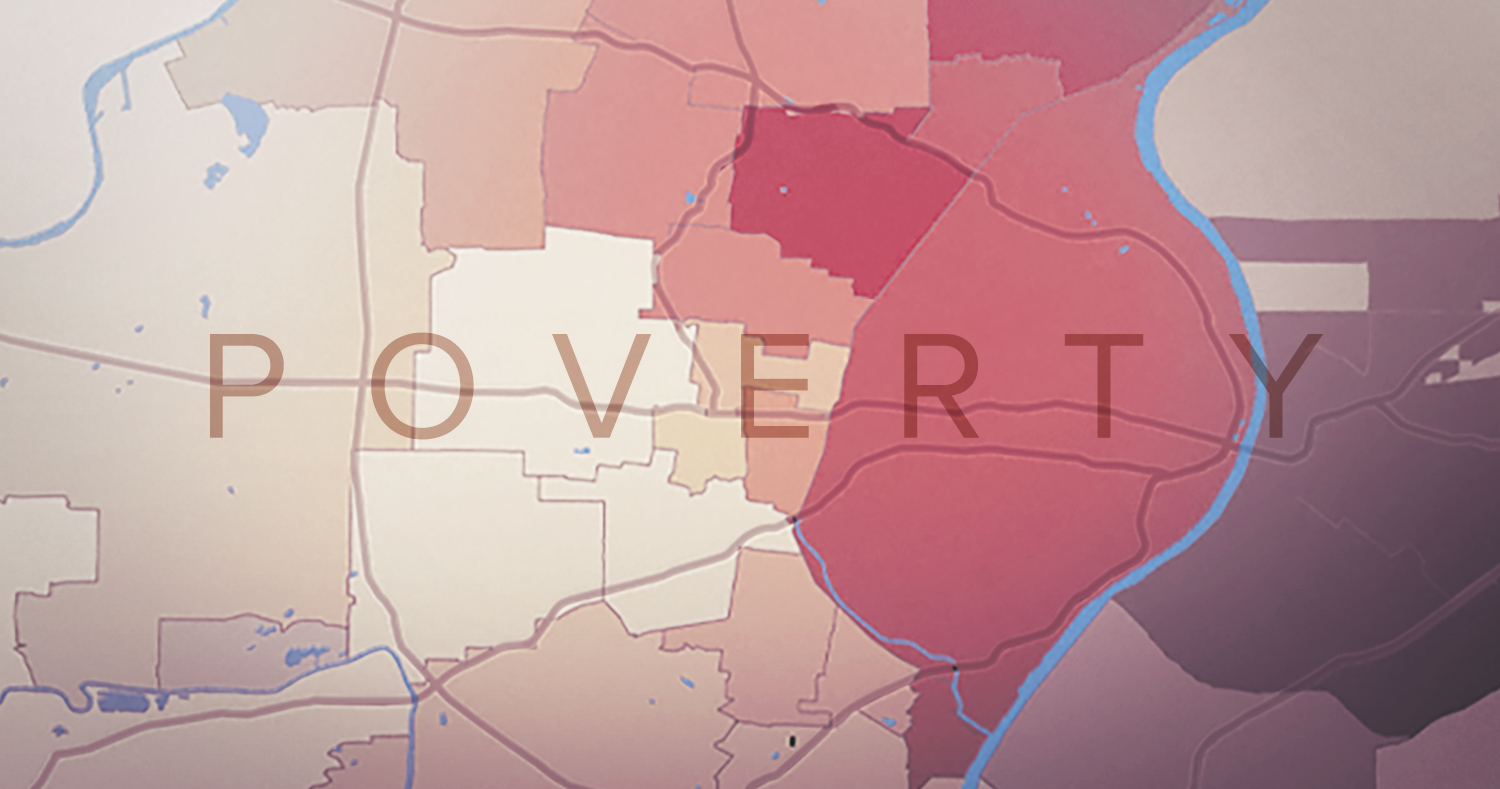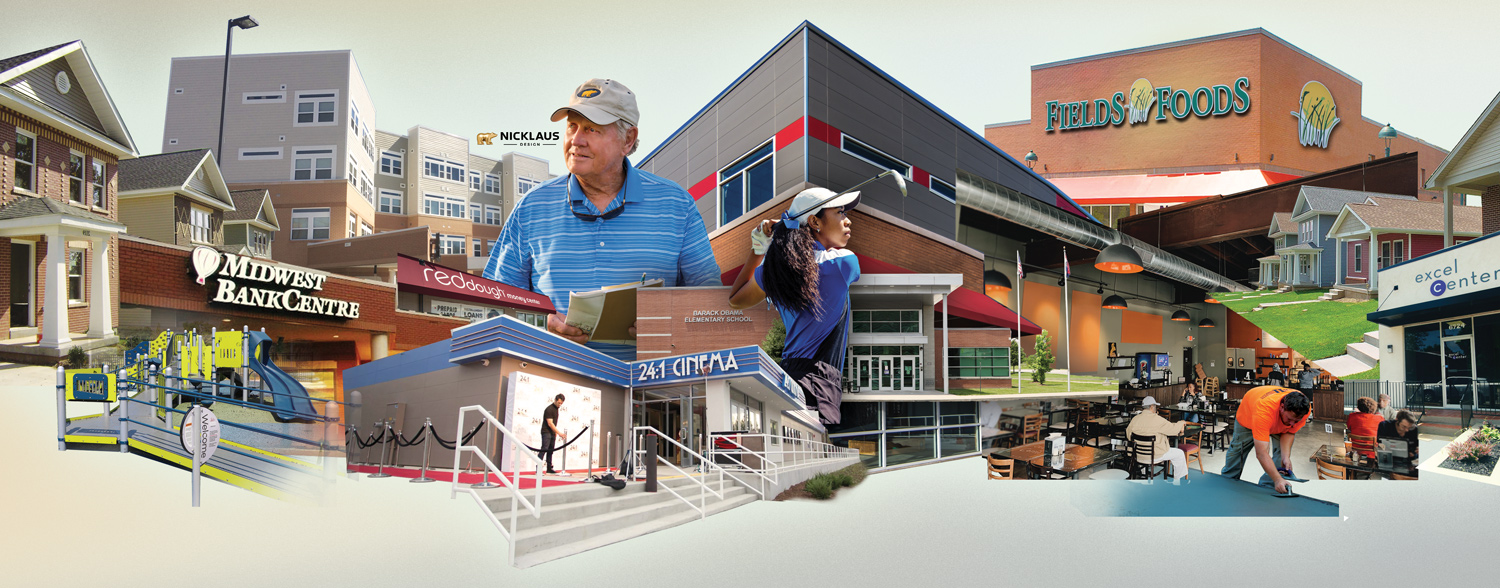

This article originally appeared on stlmag.com
No one can say that great things aren’t happening in St. Louis. There is the excitement of St. Louis City SC’s inaugural season and the team’s new downtown stadium. There is investment and development everywhere, from City Foundry to the Armory, the $1.7 billion National Geo-Spatial Intelligence Agency planned for North St. Louis, and many other new developments in the works.
Yet despite all of this investment, our core challenges remain as formidable as ever.
Beyond Housing, the comprehensive community development organization that I lead, is excited to sponsor St. Louis Magazine’s new Solutions newsletter. A newsletter that is honest about the region’s struggles, while also breaking down and examining possible responses.
We welcome a format that is truly focused on thoughtful analysis of issues within our region in an effort to develop meaningful solutions. We’re also a sponsor because, through our extensive work in transforming the many under-resourced communities in North St. Louis County, we believe we have some valuable insights to share on how to finally create meaningful change in our region.
Research published by several organizations including Washington University in St. Louis, University of Missouri-St. Louis, Forward Through Ferguson and Greater St. Louis, Inc. clearly show how our region’s high concentrations of poverty have a negative and rippling impact across the entire St. Louis region.
Name almost any major issue. Whether it’s our region’s slow economic growth, difficulty attracting talent from other cities, troubling crime rates, poor education outcomes, declining population, or our fall in the ranking of top metro areas—all of these challenges can be traced back to our high concentrations of poverty and communities in decline.
So how do we change this?
In addition to investing in our region’s amenities, we need to begin investing in our people and communities that have historically been left behind—and do this far more effectively than many of the previous efforts in the past.

Our lack of progress is not due to a lack of resources or effort. St. Louis is a generous and giving place. Every year, individuals and corporations give generously to thousands of nonprofits working to make our region a better place. If we want a different result, we need to recognize that it’s time for a new approach.
In 2021, Beyond Housing launched an effort called Once and for All. The effort launched with a media campaign that featured a series of videos called “Dear Lou” that urge St. Louisans to come together to invest in the communities left behind.
The effort is focused within an area comprised of multiple municipalities in the Normandy schools footprint in North St. Louis County called the 24:1 Community. For decades, this community of roughly 36,000 residents has had the highest concentration of poverty in the Missouri side of the Greater St. Louis region.
Once and for All is the next phase of the extensive work that began in 2008 when Beyond Housing, in partnership with the community, began a comprehensive initiative to address the decades of disinvestment and decline. By leveraging more than $175 already raised and invested, the goal of Once and for All is to generate more investment to change the trajectory of not only the 24:1 Community but the greater region. The effort has generated significant momentum with increased commitments from longtime partners, new partnerships, additional economic development, and more than 100 additional affordable homes—including 36 new homes to be built thanks to BJC HealthCare and others.
What separates the work that has taken place here is its comprehensive scope. We know from our own work and the experiences of others throughout the country that single-focused efforts that address only one piece of the puzzle—such as housing or education—rarely produce meaningful results. This is because people and communities have many needs that must be met in order to thrive.
Our comprehensive model recognizes that transforming under-resourced communities is not simple—it’s complex and requires a comprehensive, multipronged approach addressing needs in key impact areas that include housing, education, employment, health, economic development, and municipal government.
Our first 10 years were spent stabilizing the 24:1 Community from further decline and creating the infrastructure of staff, programs, and partners to fulfill our comprehensive model.
Together with our partners, we have removed hundreds of dilapidated homes, built hundreds of new affordable homes, and rehabbed hundreds of existing housing. All of the families in our 614 rental homes (with 36 new homes on the way) benefit from a suite of holistic supportive services to increase self-sufficiency and help families thrive. Several of these families have gone on to become homeowners, creating generational wealth.
Working with community leaders we have united 20-plus municipalities under one vision. Municipal courts, police, and other essential services have been consolidated to increase efficiencies and quality of services. Together, we managed the first municipal merger in the history of St. Louis County when Vinita Terrace merged into Vinita Park and are playing a role in the proposed merger of Glen Echo into Normandy.

We have fixed streets and sewers and built parks and greenspaces to transform the physical landscape. Extensive economic development has brought much-needed access to essential goods and services, and jobs. This development includes a four-screen, 375-seat movie theatre, full-service Midwest BankCentre branch, two senior centers, Affinia Healthcare and BJC HealthCare providers, and a $6.5 million development named Carter Commons that is home to minority-owned restaurants and retail businesses. Just recently, a new Fields Foods grocery store also opened in Pagedale, bringing the first full-service grocery store to the community.
I list all of these things not to tout our own organization but to show what is possible when residents, community leaders, nonprofits, and corporate partners come together and work strategically to create meaningful change.
Transforming historically disinvested communities does not happen overnight, but as we have seen in the 24:1 Community, real change can be achieved.
This change is evident in the City of Pagedale, where extensive economic development has resulted in a 338% increase in home sale prices per square foot in the area since 2014, as well as a 42% decrease in overall crime in that same timeframe.

The Pagedale Town Center Homes development will consist of 36 new single-family homes in Pagedale near the significant economic development in an area of Page and Ferguson Avenues, now known as “The Page.”
The $12.4 million project is made possible through a permanent loan from BJC HealthCare, a significant investment from Midwest BankCentre, and federal and state low-income tax credits from Missouri Housing Development Commission.
The project builds on the significant investment in Pagedale that includes hundreds of new homes, a food hall and retail, cinema, Midwest BankCentre, Affinia Healthcare, BJC HealthCare, Rosie Shields senior living center, and a new Fields Foods that recently opened in March of 2023.
Pagedale is a success story that provides a template for all of St. Louis to follow. The economic development of The Page has resulted in a 338% increase in home sale prices per square foot in the area since 2014, as well as a 42% decrease in total crime.
There is a growing belief that we need to approach philanthropy differently than we have in the past. One organization that has embraced this belief is Ameren.
Ameren President and CEO Marty Lyons says the energy company is “focusing our philanthropic resources on organizations that are creating real movement at scale where our customers need it most.”
A longtime partner of Beyond Housing, Ameren recently donated $1 million to support the Once and for All effort. The company cited Beyond Housing’s comprehensive model and track record of results in North St. Louis County for their increased commitment.
In contrast to organizations working in silos, I believe greater collaboration and creating a more united front is one of the keys to achieving greater impact in our region. While continuing to serve the immediate needs of others in St. Louis, we also need to work harder and smarter to create the long-term change our region needs.
Our progress in North St. Louis County is the result of bringing many other organizations together, from nonprofits like Missouri Foundation for Health, Community Impact Network, and others to corporate partners like Emerson, Ameren, Boeing, BJC HealthCare, and many others.
I believe our biggest challenges are our greatest opportunities. Our problems are not unique. Other metro areas share the same challenges. By creating enough impact to begin breaking the cycle of poverty and decline, we can turn the tide in St. Louis and provide a way forward for other regions to follow.
To learn more, visit Once and for All and sign up for our newsletter for the latest developments. If you are further interested in our work and ways to help, I would love to talk with you.